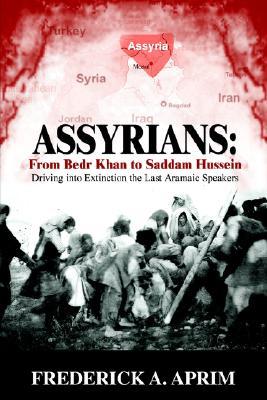
Book
Assyrians: Driving into Extinction the Last Aramaic Speakers
(Write a Review)
Paperback
$24.99
-Eden Naby, PhD
AFGHANISTAN: MULLAH, MARX AND MUJAHID (Westview, 2002)
THE ASSYRIAN EXPERIENCE (Harvard College Library, 1999)
-Eden Naby, PhD
AFGHANISTAN: MULLAH, MARX AND MUJAHID (Westview, 2002)
THE ASSYRIAN EXPERIENCE (Harvard College Library, 1999)
Paperback
$24.99